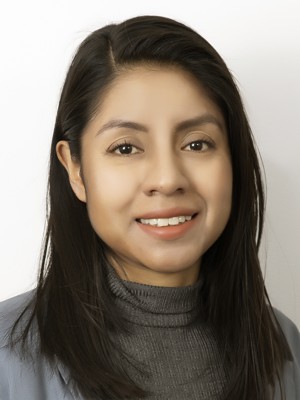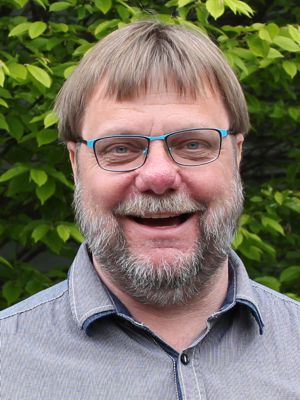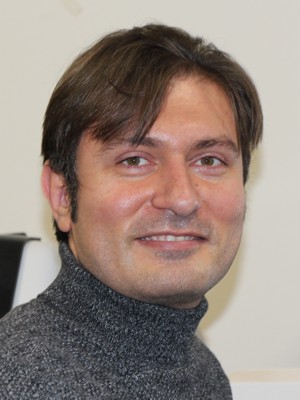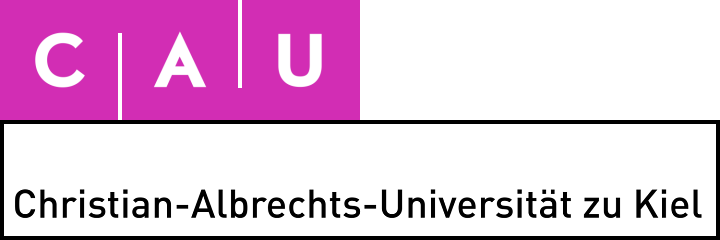Project B7 - 3D-Imaging of Magnetically Labelled Cells

This project aims at investigating the potential of magnetoelectric sensors for the detection of living cells, which are tagged with magnetic micro- or nanoparticles. We are working on two methods to achieve this goal. In the first method, superparamagnetic nanoparticles are excited by a magnetic AC field and higher harmonics of the excitation frequency are generated due to their magnetic nonlinearity that can be detected by magnetoelectric sensors in resonance. Our low-cost magnetic particle mapping (MPM) technique avoids large magnetic field gradients and the resulting forces on the magnetic particles, and it does not involve high AC frequencies, which require high-power units and give rise to significant heat dissipation. In the current funding period, we have demonstrated the feasibility of this approach. In particular, it has been shown how the sharp resonance and the vector characteristics of the magnetoelectric sensors can be used to minimize effects from the excitation signal. Moreover, the reconstruction of the particle distribution has been achieved for a quasi-2D particle arrangement by solution of the forward problem, analysis of the system function, and solution of the inverse problem. The minimum detectable amount of nanoparticles is about 300 ng at a distance of 2 mm between sensor and sample. Our second method, named magnetic susceptibility particle mapping (MSPM), employs instead of AC fields a motion-modulated DC field. This field is used to magnetize magnetic particles, but also to provide a bias field for a ΔE-effect sensor, which records the resulting low frequency magnetic field. With this measurement system, the magnetic field originating from 20 μg magnetic nanoparticles can be detected at a sensor-sample distance of 8 mm.
In this funding period, we plan to extend our investigations with MPM and MSPM to 3D measurements to further improve their sensitivities and spatial resolutions. For MPM, a strong increase in sensitivity of the setup is expected by moving from 2D to 3D measurements by measuring the second harmonic instead of the third harmonic, replacing individual sensors with sensor arrays and multichannel detection, and employing inhomogeneous and bias fields, which will also increase the spatial resolution. For MSPM, we intend to investigate several measures for increasing the signal to noise ratio such as the 3D measurements, advanced magnetic shielding as well as the use of sensors with high bias fields and sensor arrays. For the solution of the inverse problem, which is relevant for both approaches, we also plan to apply artificial intelligence concepts at a later stage. In addition, we will perform magnetorelaxometry measurements to distinguish cell-internalized magnetic particles from freely moving particles.
The abovementioned methods are applied for detecting cell distributions in various soft biomaterial scaffolds in which cell imaging is difficult to achieve by optical means. In the current funding period, we have monitored relatively simple cell distributions in biomaterial matrices. In the second funding period, dynamic investigations of magnetically labelled cells in complex 3D biomaterial scaffolds are envisaged. An important question from the biomaterials side of the project will be to investigate cell growth and migration in 3D scaffolds as a function of their mechanical properties. This will not only provide knowledge of the impact of scaffold mechanics on cells, but can, in the long run, also be relevant to organ-on-a-chip and clinical applications which we plan to explore in the third funding period.
Involved Researchers
| Person | Role | |
|---|---|---|
 |
M.Sc. Angeles De la Cruz García Materials Science Biocompatible Nanomaterials |
Doctoral researcher |
 |
Prof. Dr. Franz Faupel Materials Science Multicomponent Materials |
Project lead |
 |
Prof. Dr. Klaus Rätzke Materials Science Multicomponent Materials |
Associated leading project researcher |
 |
Dr. Mohammad Sadeghi Materials Science Multicomponent Materials |
Postdoc |
 |
Prof. Dr. Christine Selhuber-Unkel Materials Science Biocompatible Nanomaterials |
Project lead |
Role within the Collaborative Research Centre
B7 takes ME sensors towards bioengineering applications. As the project is based on the expertise of a number of other projects (e.g. on sensor design, fabrication, simulation), there are many connections to and interactions with other projects. In detail, collaborations with the following projects are planned:
| Collaborations | |
|---|---|
| A2 (Hybrid Magnetoelectric Sensors based on Mechanically Soft Composite Materials) | Aero-polymer networks. |
| A4 (∆E-Effect Sensors) | ∆E-effect sensors for MSPM and magnetorelaxometry experiments. |
| A7 (Electrically Modulated Magnetoelectric Sensors) | Electrically modulated ME sensors for magnetorelaxometry experiments. |
| A8 (Modelling of Magnetoelectric Sensors) | Simulations of small resonant sensors and their response to small magnetic dipole fields. |
| A9 (Surface Acoustic Wave Magnetic Field Sensors) | SAW sensors for MSPM and magnetorelaxometry experiments. |
| B1 (Sensor Noise Performance and Analogue System Design) | Front-end development for sensor arrays and multichannel systems. |
| B2 (Digital Signal Processing) | Multichannel system signal processing. |
| Z1 (MEMS Magnetoelectric Sensor Fabrication) | Resonant sensors for 3D-MPM. |
| Z2 (Magnetoelectric Sensor Characterization) | Non-magnetic motor concepts, sensor characterization and multichannel systems for arrangements of multiple sensors. |
Project-related Publications
|
|
|
|
|
|
|
|
|
|
|
|
|
|
|
|
|
|
|
|
|
|
|
|
|
|
|
|
|
|




